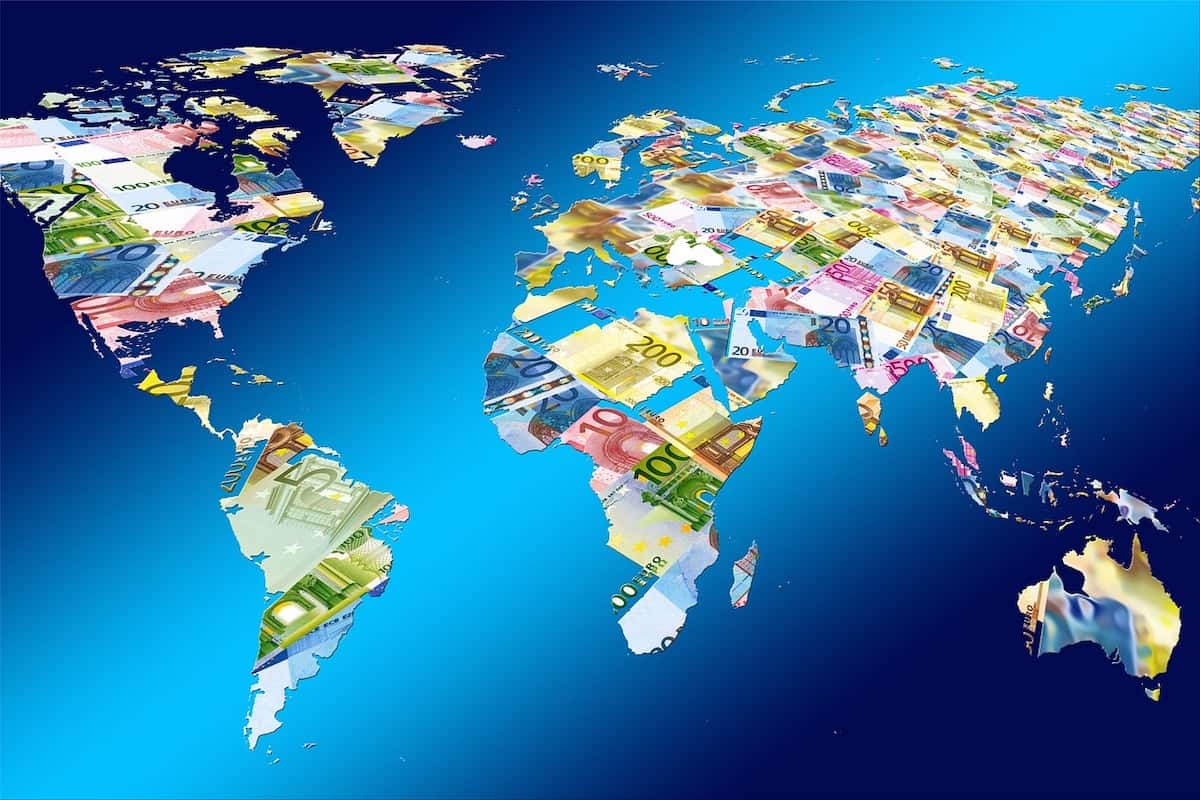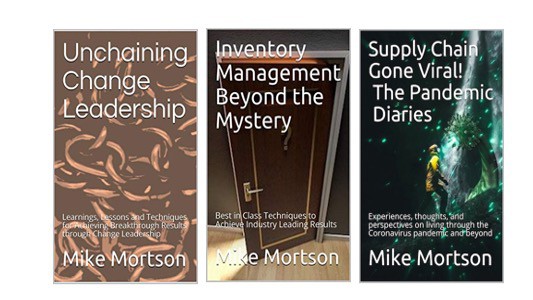In any company or industry that sells products the cost of the raw materials and components is often the single largest expense. Despite the magnitude of this cost however there is a wide range of focus put on managing this expenditure from proactive and strategic to reactive and tactical. This is all managed by either Commodity Management or Category Management.
In some cases there is a great level of planning applied before a single purchase order is placed. In other cases buying decisions are made subjectively and with very little focus. Further the experience in those buying these goods can vary significantly as well.
Supply Chain is about much more than just negotiating lower materials costs. A well constructed Procurement Strategy will raise the value of the Supply Chain to your company.
How do you manage your materials spend? Are you executing a Buying Strategy or are you just blindly placing purchase orders ?
What is “Commodity Management”?
First I’d like to establish some clarity around the title for this blog post in which we use the phrase “Commodity Management”. Commodity Management is meant to encompass all of the strategic activities and responsibilities that go in to the process of buying raw materials.
“Commodity Management” may also be referred to as Category Management, Strategic Procurement or Merchant Management for instance. I use the term Commodity Management to represent the strategic procurement of materials regardless of what specific industry or company vernacular you may use.
Commodity Management includes responsibility for Supplier sourcing, relationship management, industry and market analysis, quotations, terms and conditions, negotiation strategy, and business awards.
This also includes strategies regarding the movement of materials, inventory, cash cycle management, and understanding and setting trends and direction. And this also includes detailed understanding and strategic planning for the sub-components, sub-suppliers, and the end-to-end supply chain.
Commodity Management does not include the tactical aspects of placing purchase orders and managing the day-to-day interaction with suppliers. While the Commodity Manager is there to provide support their focus is more on the strategic management of the Supply Chain.
I have met with hundreds of suppliers over the years. I recall one meeting in particular meeting with an Executive at one of our suppliers. When we introduced ourselves as “Commodity Management” the Executive took exception to his goods being referred to as “Commodities”.

He was very proud of the products that his company provided and he took the term “Commodity” to demean the uniqueness and significance of the product he was selling.
To be clear I do not use the term “Commodity” to in any way diminish the importance of any product or goods that are being sold and supplied.
What is a Commodity Management Strategy?
I’ve participated in the purchase of billions of dollars for materials and components used in the manufacture and processing of products. There are very clearly raw materials that have a high dollar value and those that have a very low dollar value. Items such as microprocessors for instance cost a lot whereas labels and stickers can cost very little.
But without a specific strategy for labels and stickers or nuts and bolts, just as you would have for microprocessors, you will find that the negative impact of poor quality, production or delivery of a label or screw will equally damage your brand, your customers and your company.
So it is very important to have a well researched, articulated and vetted strategy for every group of materials and commodities that you purchase.
First and foremost you need a Commodity Management team that can create the strategies for the specific Commodities that each individual manages. If some of your Commodity Managers are not experienced in developing a strategy it is their Management’s responsibility to help them out.
While it is always good to allow for some creativity in the development of a Commodity strategy there are clearly some key elements that must be included, in great levels of detail:
- Spend levels – current and forecasted
- Market share – the percentage of the total market that your spend represents; are you are major or minor buyer of this particular commodity?
- Customer requirements – current and projected
- Suppliers – current supplier base, potential supplier base
- Terms and Conditions and Service levels- current and desired/required
- Competitive factors/differentiators – unique capabilities and requirements of this commodity
- Inventory levels – days of supply, rapid replenishment capabilities, upside/downside flexibility levels
- Risk Factors – supply availability, technology maturity, quality, supplier financial viability
- Strategic objectives – in support of unique business and customer requirements
- Relationship strength/strategy – level of contact and relationship strength with your suppliers and customers
- Environmental/Green strategies
- Diversity in sourcing
- Total cost of ownership (TCO)
- Negotiation strategy/process
There are many more elements that could be included in such a list. They key message here is that Procurement is more than just the process of placing a purchase order. Your Commodity Management team should have an explicit, well thought out strategy which defines the direction for all activities required that eventually results in the placement of a purchase order.
Ratify your Strategy
It is insufficient to just ask your Commodity Management team to develop their strategies and then forget about it. Management should review every strategy to provide constructive input, ensure that the strategy aligns with the organizational objectives, and to support the personal development of your Commodity Managers.
The Commodity Strategies should also be shared outside of the Supply Chain organization. Your Executive team should understand these strategies. Your Customer teams should understand these strategies. And your peer organizations such as Operations, who are often the internal customers of the Supply Chain, should also understand and ratify these strategies.
Conclusion
Supply Chain Management and Procurement are much more than just the organizations that negotiate lower costs on materials. There are a large number of factors that need to be considered, planned for, and strategized on so as to create a leading, powerful Commodity Management Strategy.
Without Commodity Strategies you are undervaluing the contribution of Supply Chain to your organization and to your success. Further the lack of these strategies opens you up to greater chances of failure, falling behind your competition, and negatively impacting the financial performance and growth of your company.
Be smart! Develop Commodity Strategies for all of the raw materials and components that you buy!


 EBOOKS HERE
EBOOKS HERE